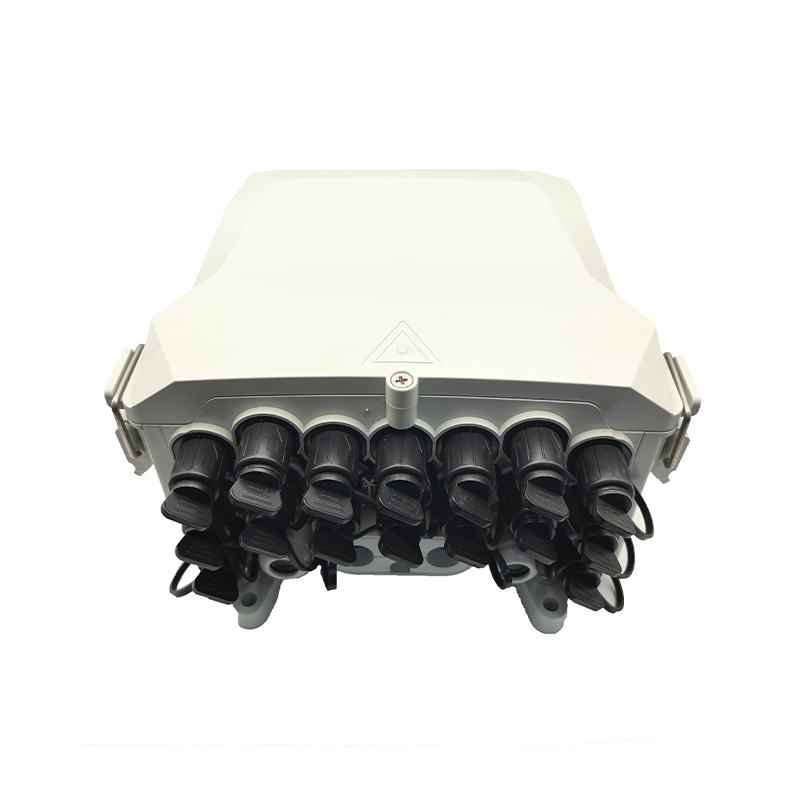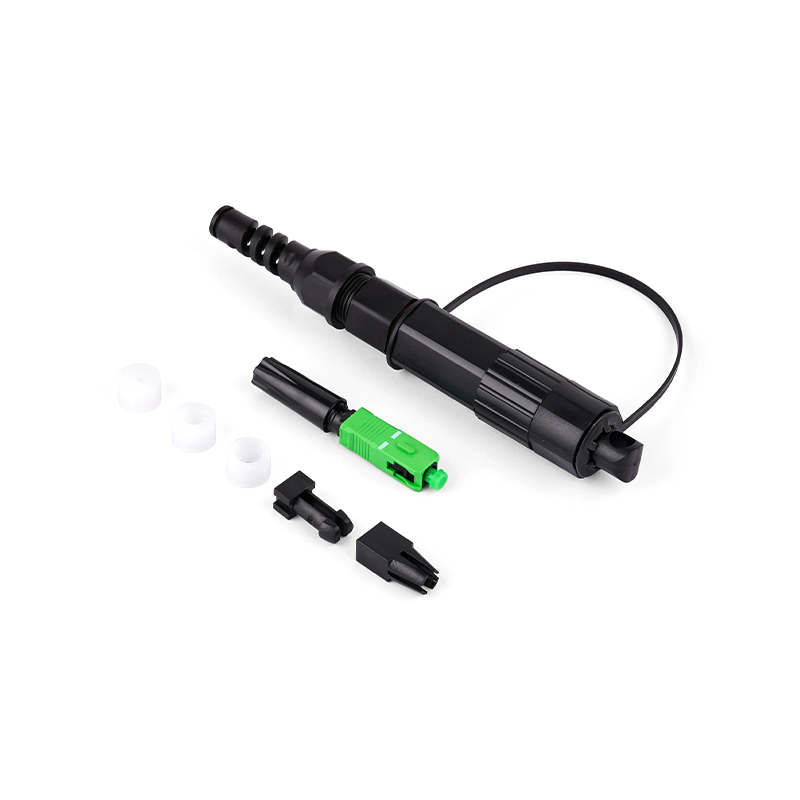What is a fiber optic terminal box?
2025-09-12
Content
Definition of Fiber optic terminal boxes
A fiber optic terminal box, also known as a cable terminal box or fiber optic distribution box, is an indispensable component in fiber optic communication networks. It is primarily used for routing and securing optical cables, splicing and branching optical fibers, and storing and protecting excess optical fibers. Simply put, it acts as a "transfer station," connecting large outdoor optical cables with indoor fiber optic equipment, providing both bridging and protection.
Purpose and Core Functions of Fiber optic terminal boxes
A fiber optic terminal box plays a crucial role in fiber optic cabling. Its core functions include:
- Ridging and securing optical cables: It securely holds the optical cables in place, preventing them from moving or being damaged by external forces.
- Splicing and branching optical fibers: Within the box, individual optical fibers in the cable are spliced with patch cords at the equipment end, enabling signal transmission. It also allows multiple optical fibers from a single cable to be branched to different ports.
- Storing excess optical fibers: The terminal box provides dedicated storage space for excess optical fibers generated during cabling, keeping them neatly organized and preventing tangling and damage.
- Protection of Fiber Connection Points: It effectively protects splices and fiber connections, preventing them from being corroded by environmental factors like dust and moisture, ensuring stable communication signals.

Across a fiber optic network, fiber optic terminal boxes typically work in conjunction with fiber splitters, fiber optic splice boxes, and other equipment to form a complete communication link, ensuring high-speed and stable data transmission.
Types and Application Scenarios of Fiber optic terminal boxes
Depending on the application environment and requirements, fiber optic terminal boxes come in various types, such as wall-mounted and rack-mounted:
- Wall-mounted: Compact and typically mounted on a wall, they are suitable for small fiber access points in buildings and homes.
- Rack-mounted: Designed for use in standard cabinets or racks, they are typically used in data centers, computer rooms, and other locations requiring centralized management of large numbers of optical fibers.
Fiber optic terminal boxes play a critical role in the cabling systems of telecom operators, businesses, schools, and homes. They not only serve as a place for fiber splicing but also provide a vital guarantee for the stable operation of the entire fiber optic network. Proper selection and installation of fiber optic terminal boxes are crucial for building an efficient and reliable fiber optic communication network.











